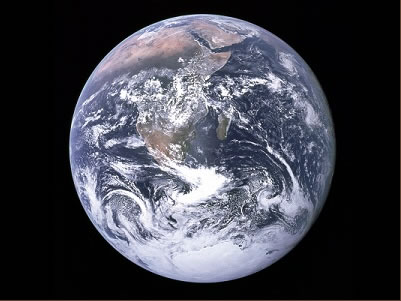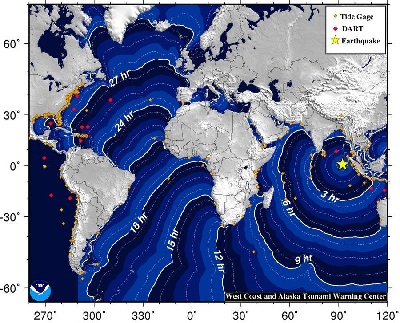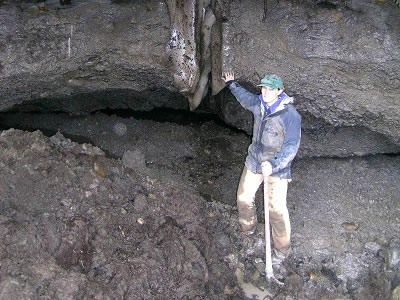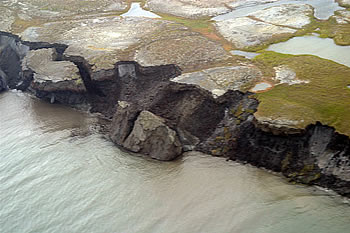Earth
Earth, our home planet, is a beautiful blue and white ball when seen from space. The third planet from the Sun, it is the largest of the inner planets. Earth is the only planet known to support life and to have liquid water at the surface. Earth has a substantial atmosphere and magnetic field, both of which are critical for sustaining life on Earth. Earth is the innermost planet in the solar system with a natural satellite – our Moon. Explore our beautiful home planet – unique in our solar system - through the links in this section.





Please log in
Science Blogs
Real Climate: climate science from climate scientists

Windows to the Universe, a project of the National Earth Science Teachers Association, is sponsored in part is sponsored in part through grants from federal agencies (NASA and NOAA), and partnerships with affiliated organizations, including the American Geophysical Union, the Howard Hughes Medical Institute, the Earth System Information Partnership, the American Meteorological Society, the National Center for Science Education, and TERC. The American Geophysical Union and the American Geosciences Institute are Windows to the Universe Founding Partners. NESTA welcomes new Institutional Affiliates in support of our ongoing programs, as well as collaborations on new projects. Contact NESTA for more information.






